Unveiling Secrets: The 2,200-Year-Old Chinese Text That Challenges Our Understanding of Human Anatomy History
The tombs belonged to Marquis Dai and his family. The corpse of the Marquis’ wife, Xin Zhui also known as Lady Dai, is famed as one of the world’s most well-preserved mummies.
Known as the Mawangdui medical manuscripts, the Chinese text found inside the tombs was the focus of a study published in The Anatomical Record. The ancient text contains the anatomical descriptions of the human body, the earliest known to researchers. But making out the contents of the ancient silk script was no easy task.
“The skills necessary to interpret them are diverse, requiring the researcher firstly to read the original Chinese, and secondly to perform the anatomical investigations that allow a re-viewing of the structures that the texts refer to,” the study reads.
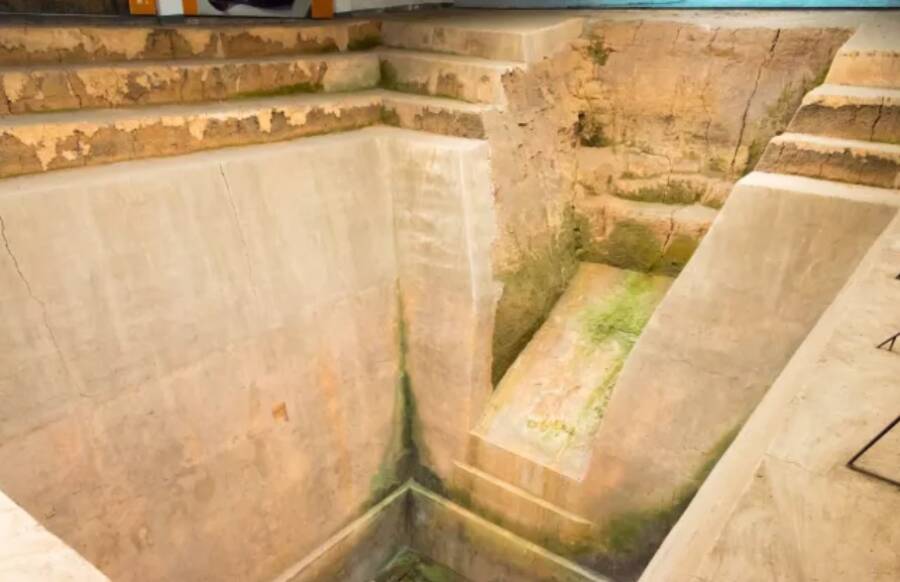
ShutterstockThe medical text was uncovered inside the tombs at the famed Mawangdui site in China.
The authors of the ancient Chinese text used the term “meridian” in their writings. It is a term most associated with acupuncture, a traditional medical treatment in Chinese culture that focuses on the regulation of blood flow inside the body.
Researchers in the study interpret “meridian” as a large blood vessel that stretches through different parts of the body.
For example, one line of the ancient text was translated as describing a meridian located “in the center of the palm, goes along the forearm between the two bones following straight along the tendons, travels below the sinew into the bicep, to the armpit, and connects with the heart,” following the path of the ulnar artery.
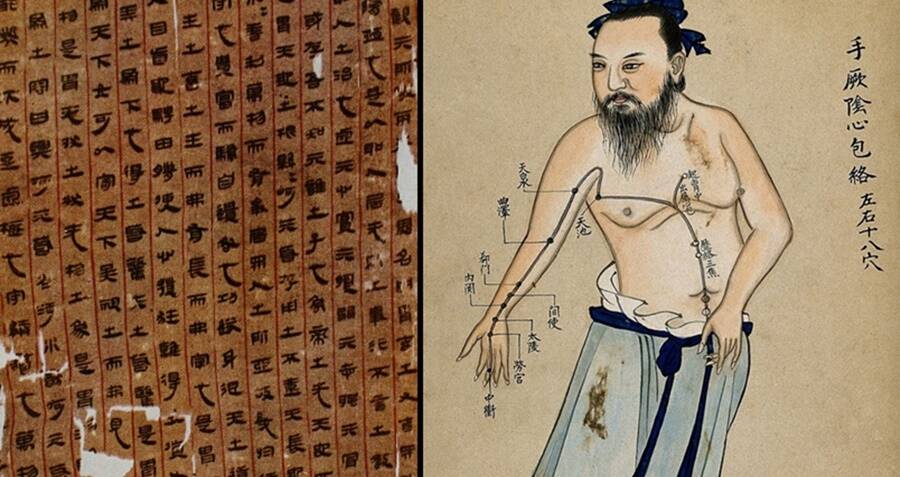
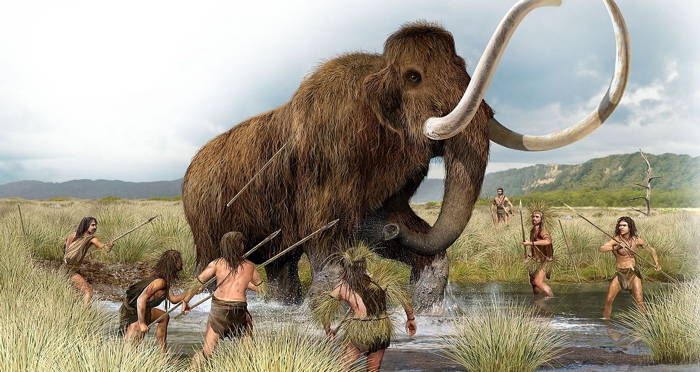

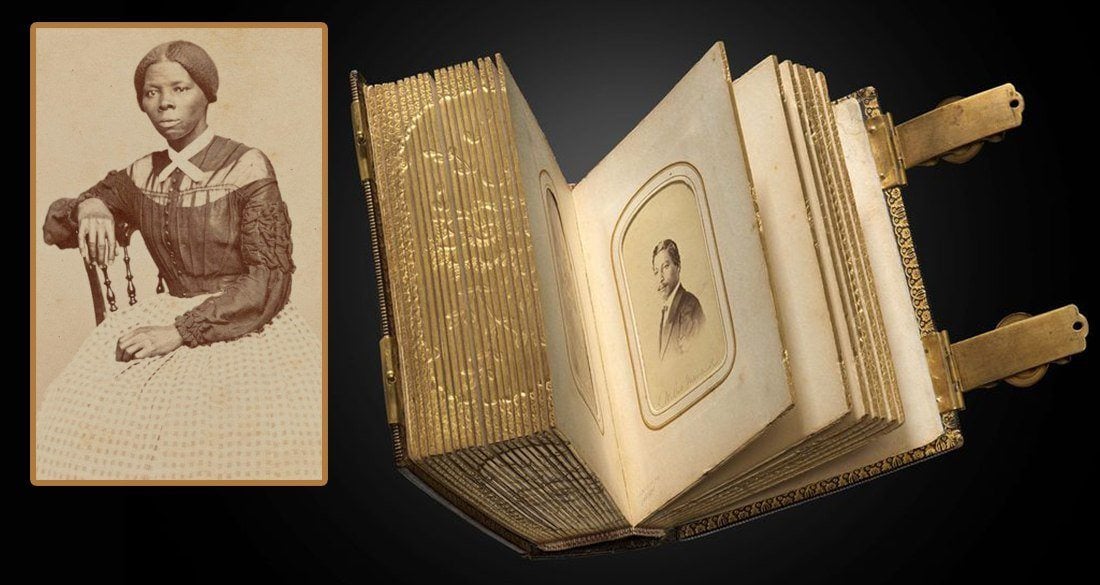


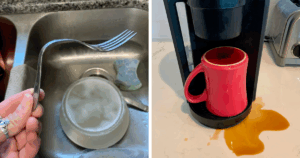


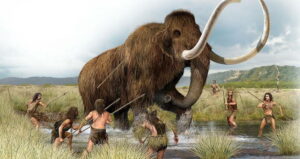


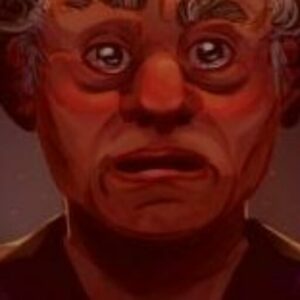
Post Comment